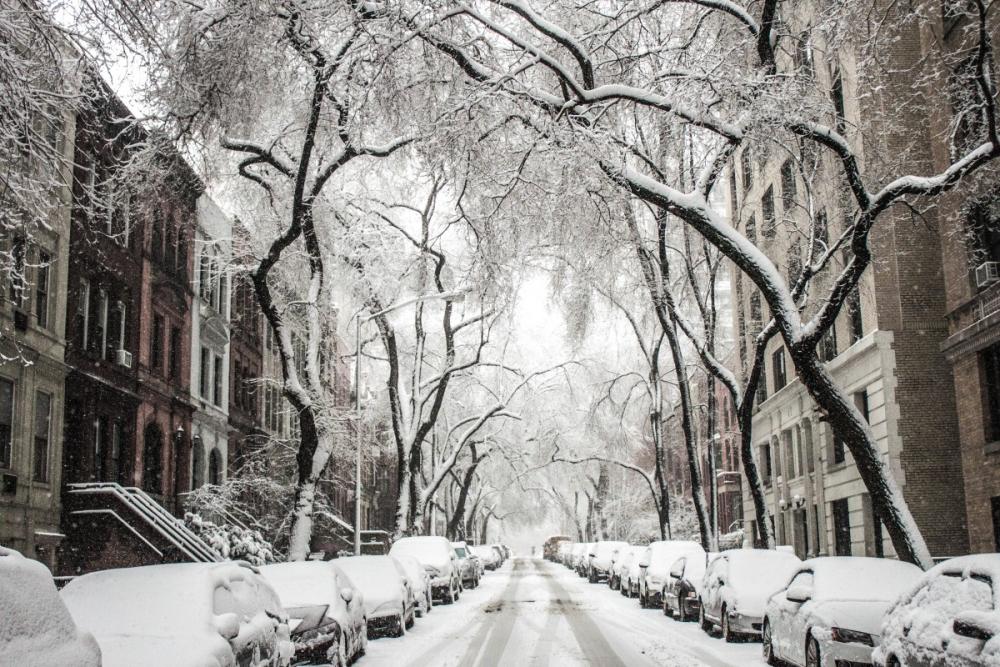Winter is here, which means we should take precautionary steps to prevent injury or death and keep our homes safe during harsh weather conditions. Here are a few recommendations from Occupational Health Services:
Around the House
There are several potential issues to address in your house or apartment to prepare for winter weather conditions. While it’s best to check these problem areas before winter arrives, it’s never too late to fix any lingering issues. First, proper insulation can decrease drafts and keep pipes from freezing, so caulk and weather-strip doors and windowsills and insulate any indoor pipes exposed to the cold air with pipe sleeves. Drain outdoor water pipes and shut off the inside valves to keep pipes from freezing and bursting. You should also never place antifreeze in any water lines, as it is harmful to humans, animals, and the environment.
In case of a power outage, keep flashlights, batteries, and battery-operated lamps nearby. Running generators should be kept 20 feet away from the home. Check carbon monoxide detectors for functionality, and immediately exit the house and call 911 if the detectors go off. Indoor space heaters can be a fire hazard, as well as a cause of carbon monoxide poisoning. Keep nonperishable food, bottled water, and a first aid kit on hand in case of emergencies. And make sure to have at least two weeks’ worth of your prescriptions in case you get stranded.
On the Road
If you must drive during poor weather, prepare your vehicle by “winterizing” it to avoid being stranded outdoors. You should check your battery, ignition system, hazard lights, heater, brakes, oil, and defroster prior to the storm, or have a mechanic inspect your car. Installing winter tires will help increase tread and generate traction while driving. To help avoid sliding in snowy or icy conditions, add weight to the back of the car. For example, heavy bags of sand can be placed in the trunk or in the bed of a truck.
Before leaving, let someone know your intended destination, route, and expected arrival time. Bring enough blankets or sleeping bags, warm clothing, and water for each person traveling. Take a shovel and a fully charged cell phone with you, as well.
Exposed to the Cold
If you must be outside in cold temperatures, wear plenty of layers and increase your circulation periodically to keep your body temperature high. Certain chronic illnesses like diabetes or thyroid disease can keep body temperatures from being properly regulated. Doing light exercises may be appropriate; however, be cautious when doing strenuous activities, such as shoveling, to avoid injury due to overexertion. Slipping on ice is common, so prepare your sidewalk or steps by spreading salt or cat litter in areas that accumulate ice.
Be a Good Neighbor… and Have Fun
Finally, if you have any relatives, neighbors, or anyone you know who may need assistance during a winter storm, find a way to check up on them, if possible. Have a happy winter season, and remember to also have some fun in the snow.


